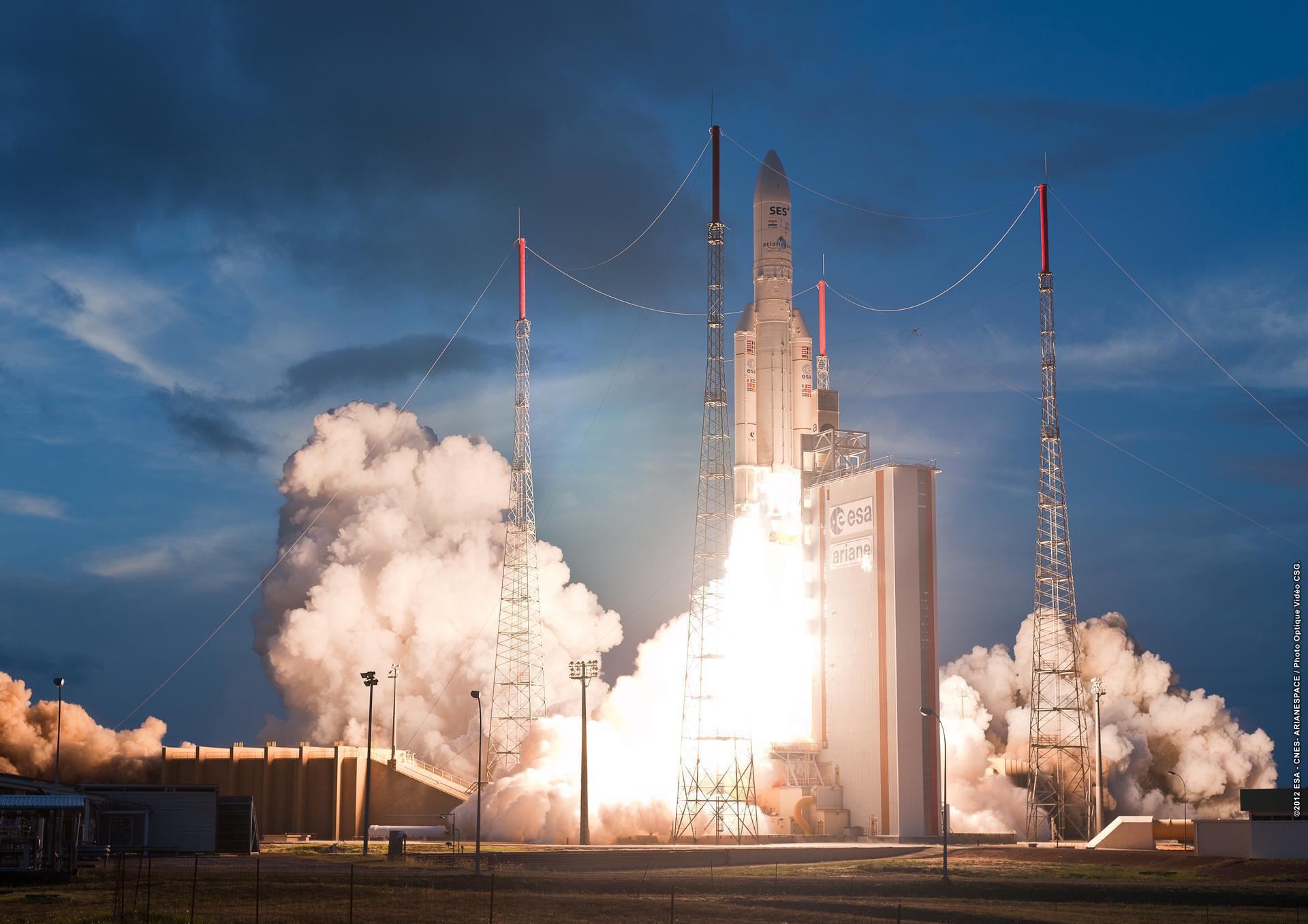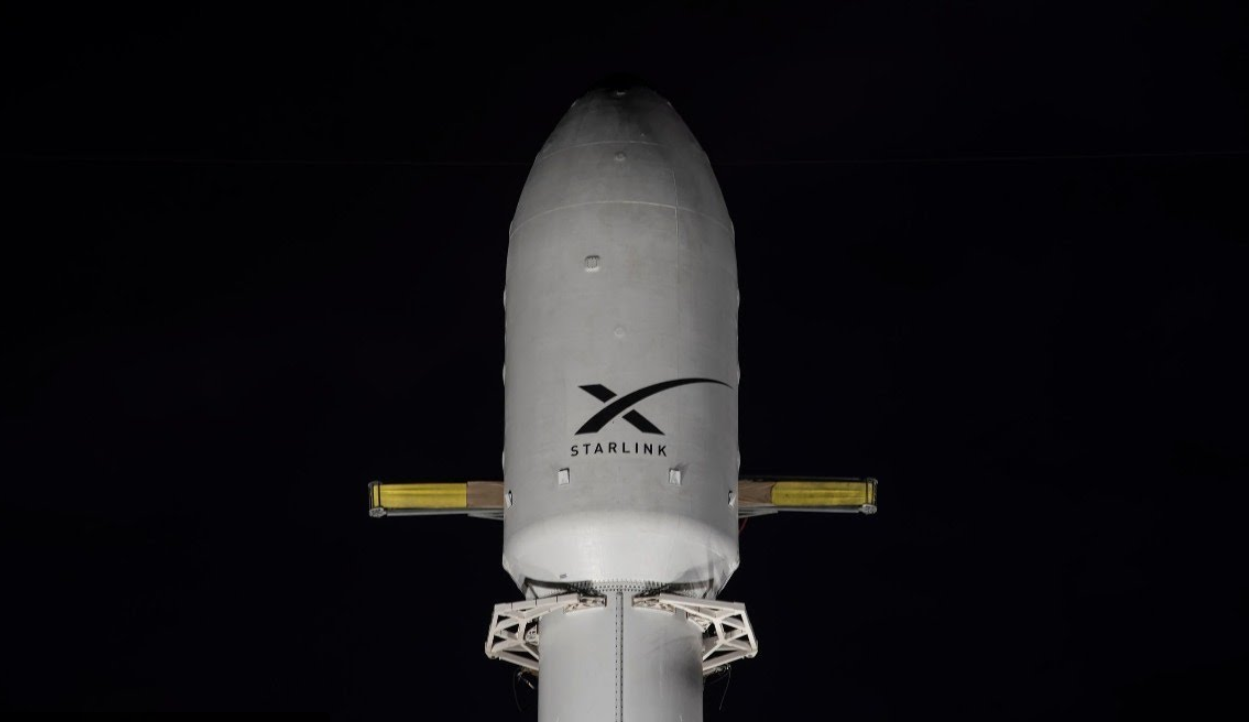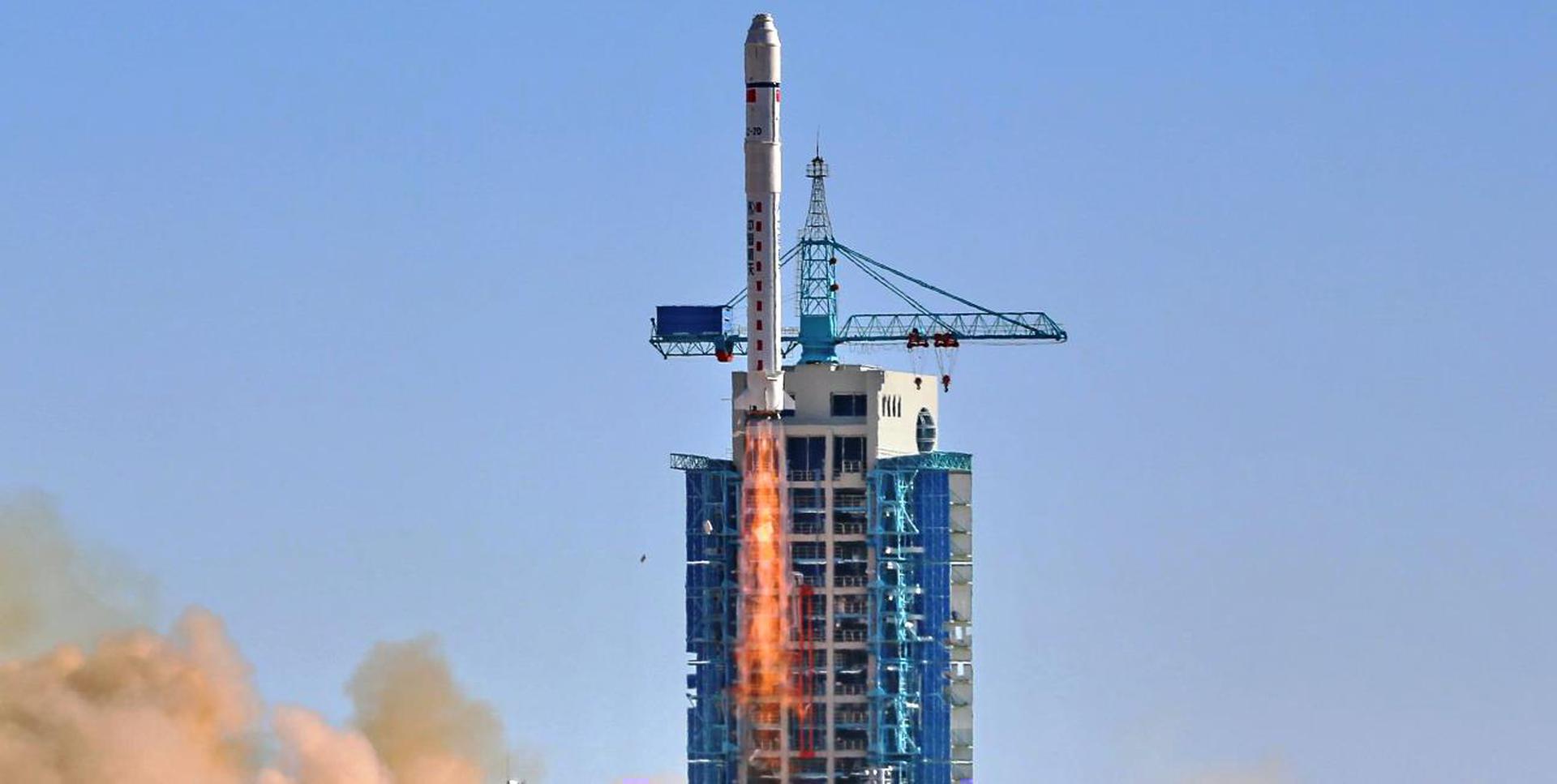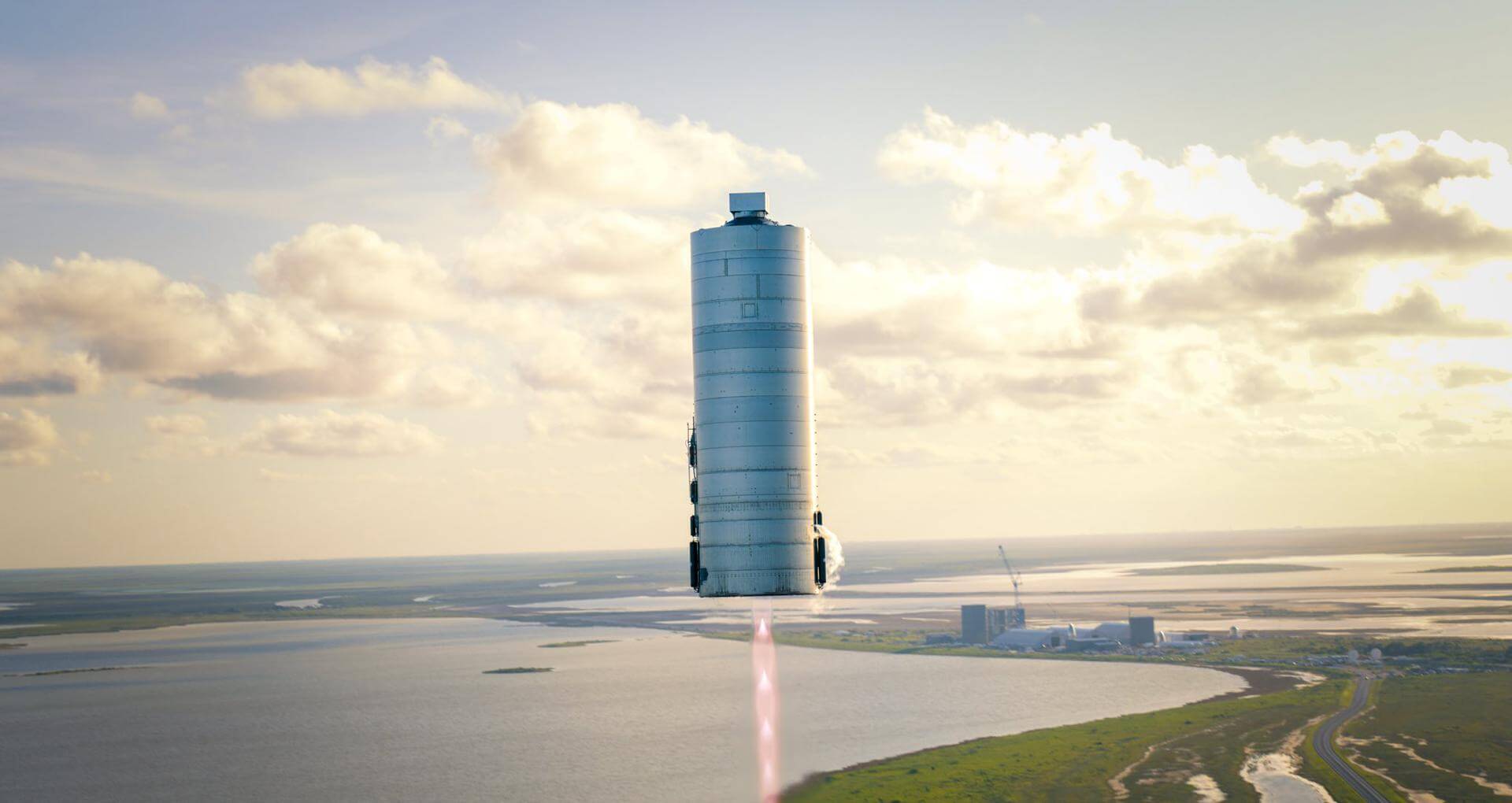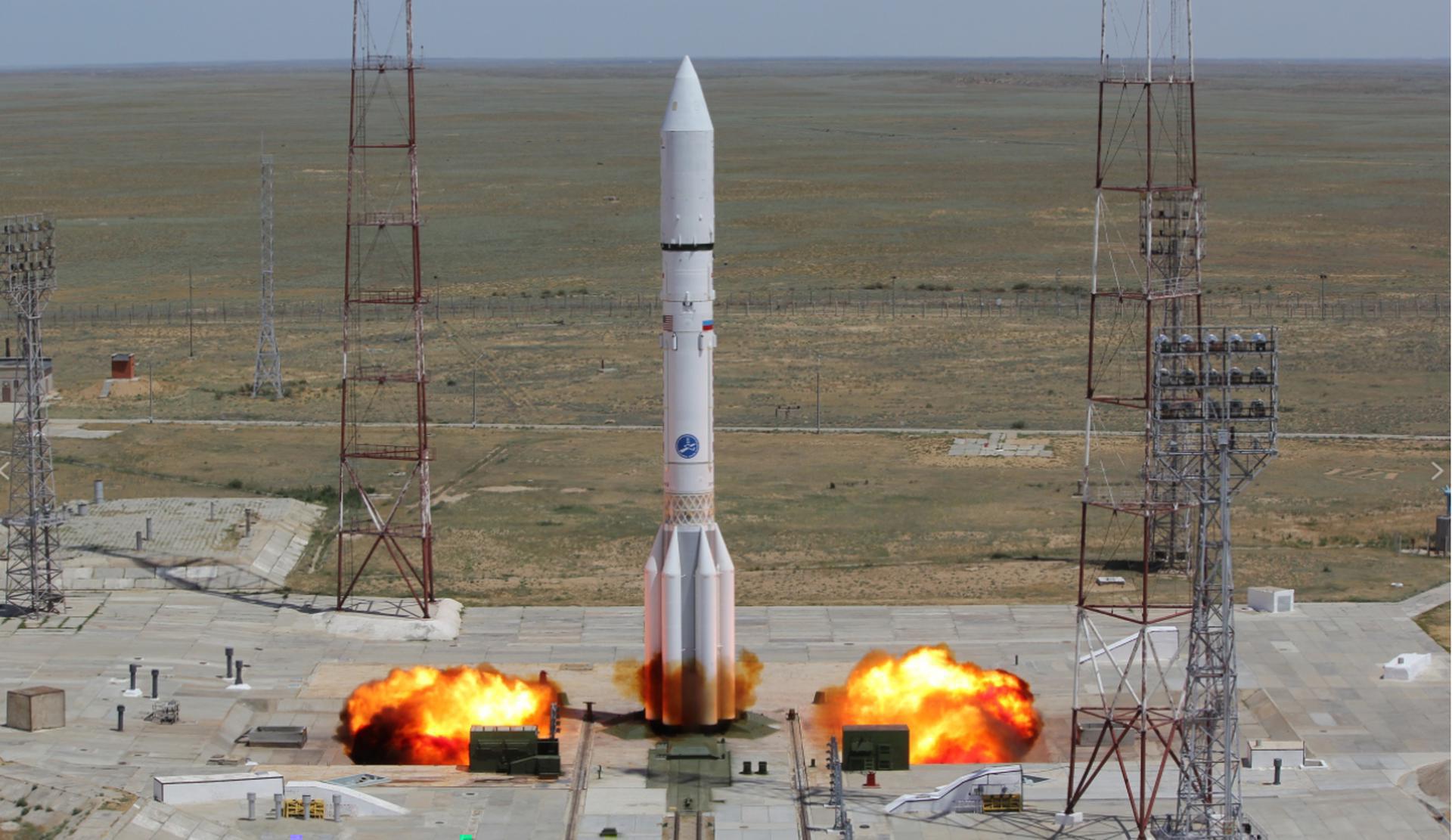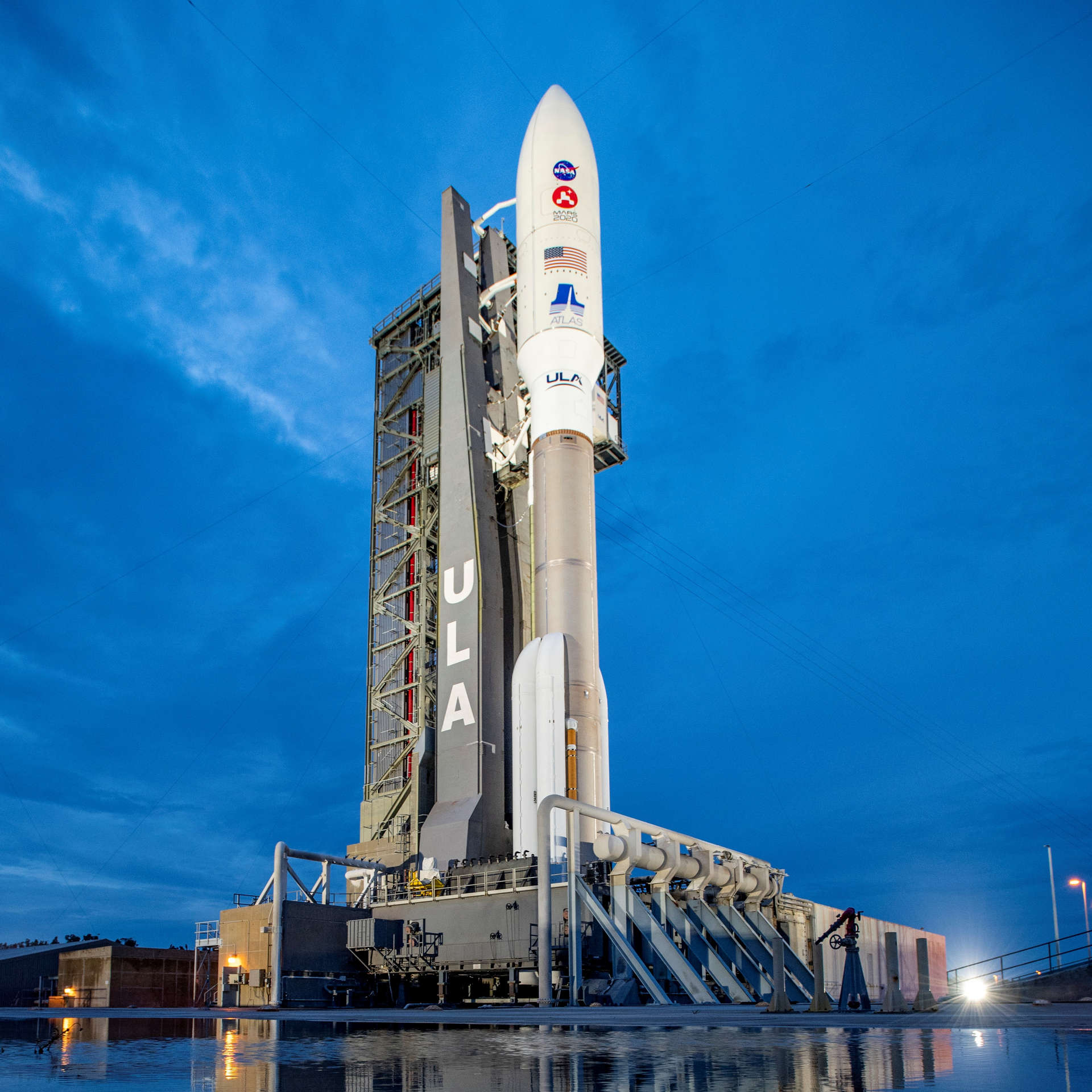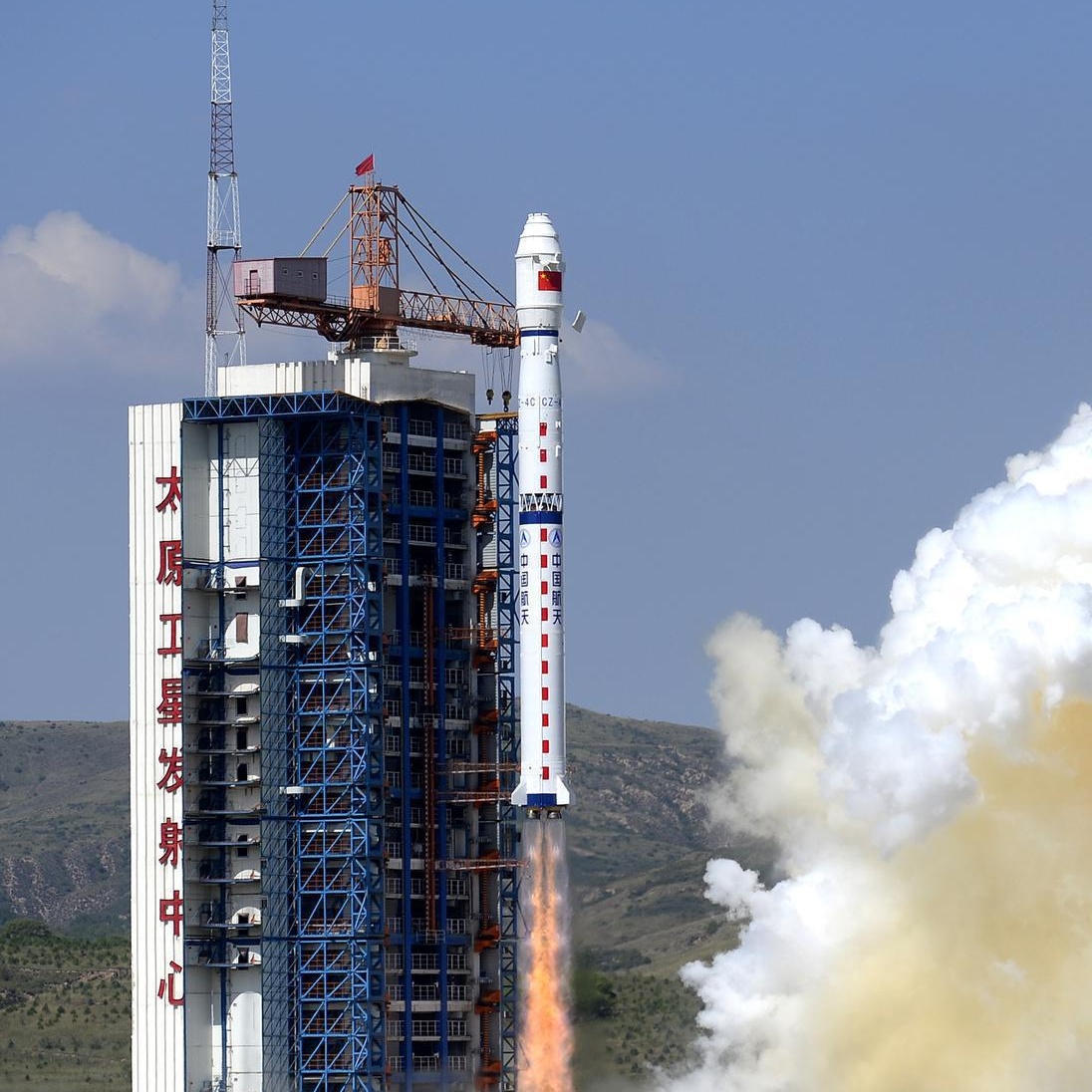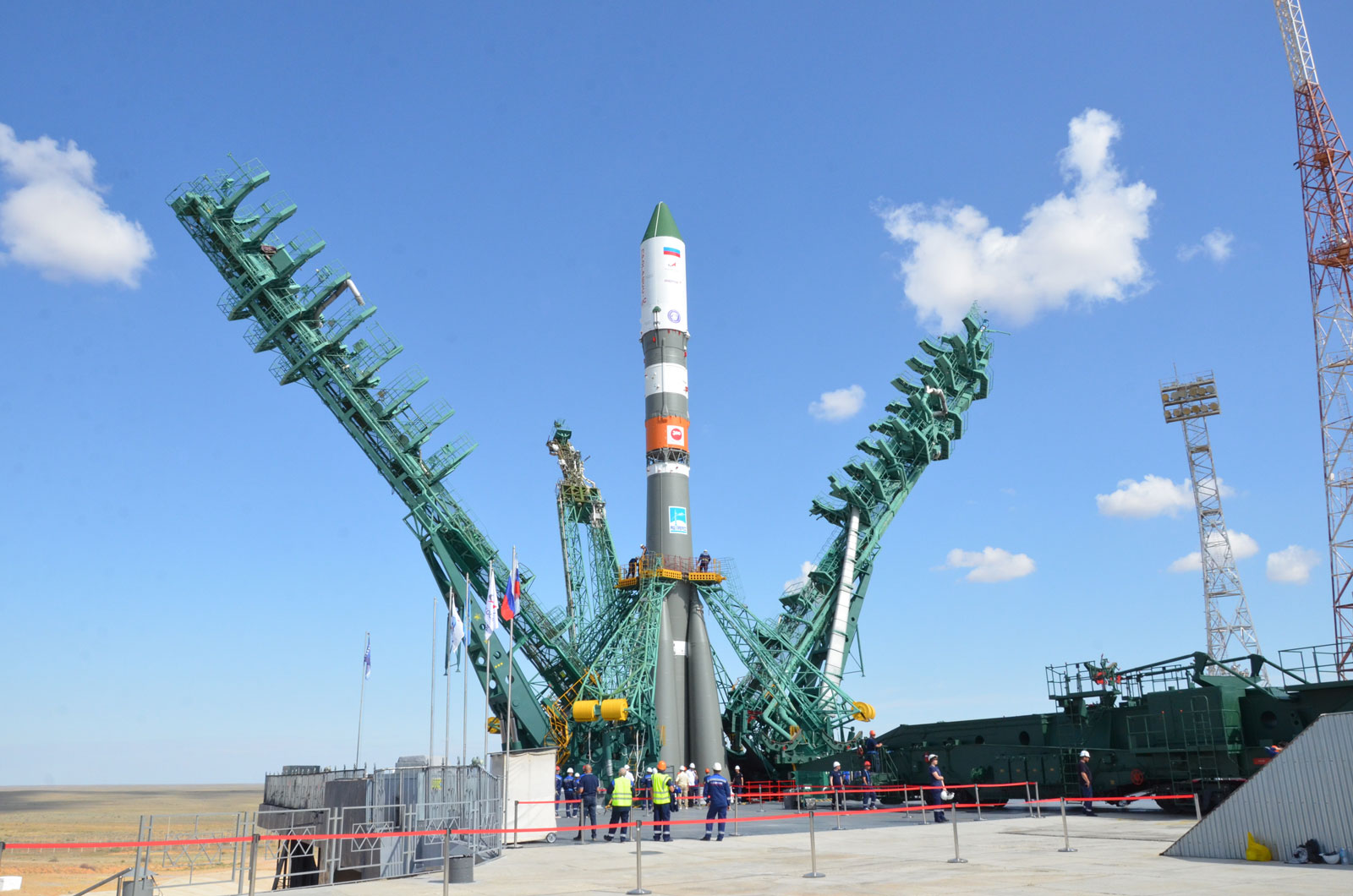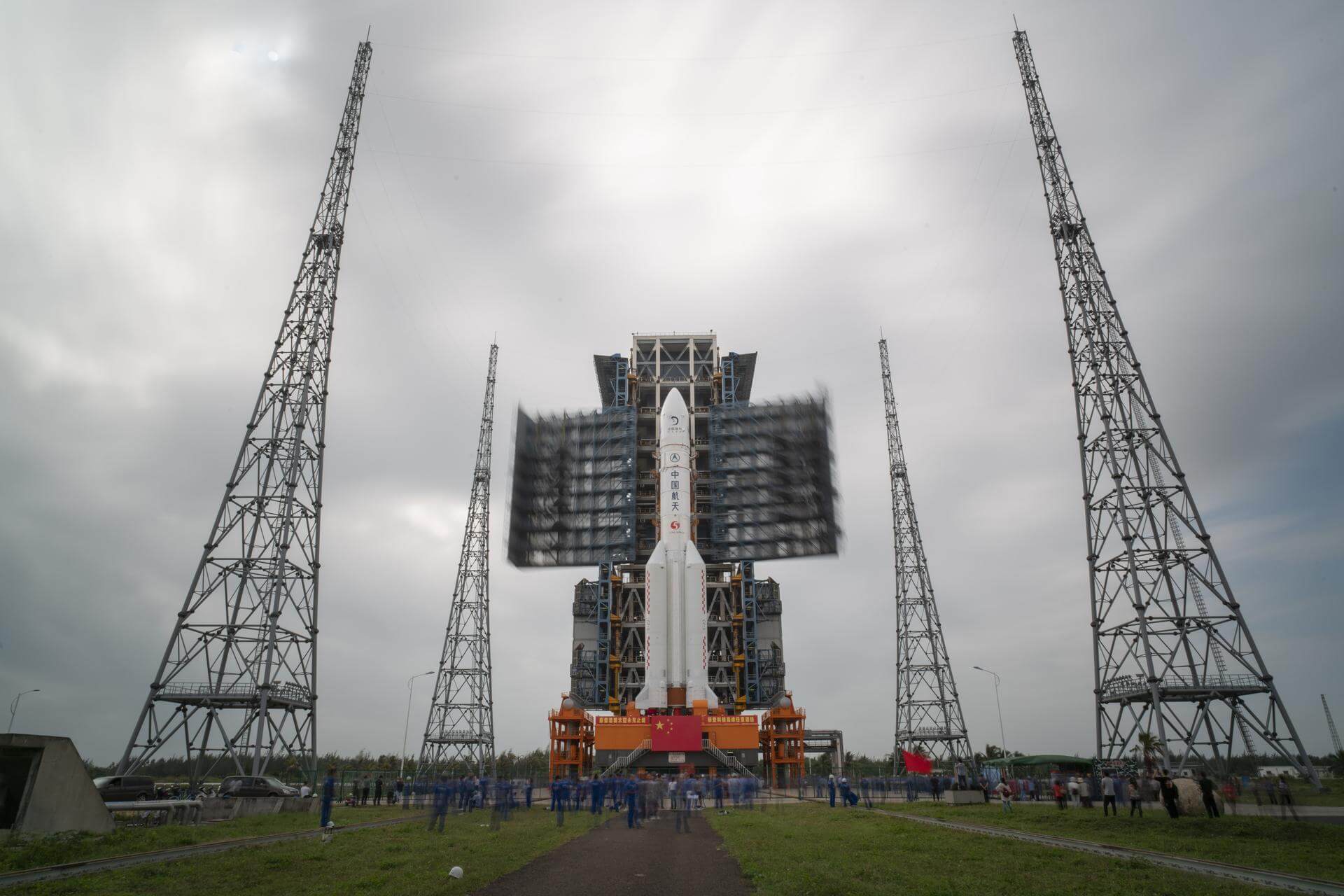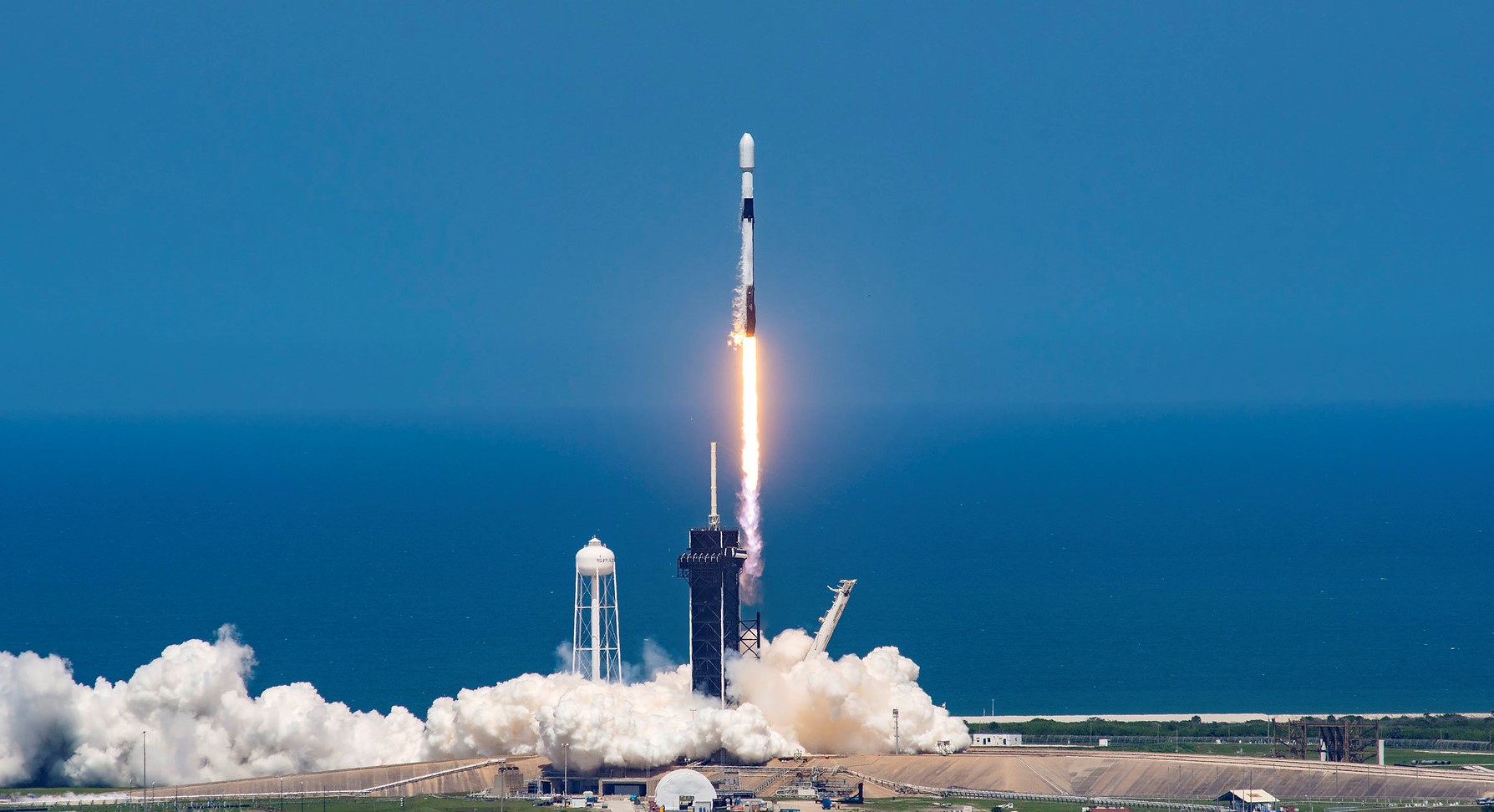Previous Spaceflight Launches
Filter by Agency, Locations or Vehicles
Show All LaunchesAriane 5 ECA+ | Galaxy 30, MEV-2 & BSAT-4B
ArianeGroup | FranceGuiana Space Centre, French Guiana
Aug. 15, 2020, 10:04 p.m.
Status: Launch Successful
Mission:
Galaxy-30 is a geostationary communications satellite for Intelsat. Satellite is built by Northrop Grumman Innovation Systems (NGIS) and is planned to provide video distribution and broadcast services to customers in North America. Galaxy 30 satellite is launched in tandem with MEV-2 vehicle. MEV-2, which stands for Mission Extension Vehicle-2, is the second servicing mission by NGIS. MEV-2 will rendezvous and dock with the Intelsat 1002 satellite in early 2021. Then, MEV-2 will use its own thrusters and fuel supply to control the satellite’s orbit, thereby extending its useful lifetime. Another passenger of the flight is the BSAT-4b satellite for the Japanese operator BSAT. BSAT-4b will serve as a back-up for BSAT-4a satellite, launched in 2017. BSAT-4b will provide Direct-to-Home television services and is expected to operate for at least 15 years.
Geostationary Transfer OrbitFalcon 9 Block 5 | Starlink 9
SpaceX | United States of AmericaKennedy Space Center, FL, USA
Aug. 7, 2020, 5:12 a.m.
Status: Launch Successful
Mission:
A batch of 57 satellites for Starlink mega-constellation - SpaceX's project for space-based Internet communication system. This launch will also carry two BlackSky Earth-imaging satellites as a rideshare.
Low Earth Orbit B1051 - Flight Proven ( ) Of Course I Still Love YouLong March 2D | Gaofen-9-04
China Aerospace Science and Technology Corporation | ChinaJiuquan Satellite Launch Center, People's Republic of China
Aug. 6, 2020, 4:01 a.m.
Status: Launch Successful
Mission:
Gaofen is a series of civilian Earth observation satellites developed and launched for the China High-definition Earth Observation System (CHEOS), a state-sponsored programme aimed to develop a near-real time, all-weather, global surveillance network consisting of satellite, near-space (stratosphere) airships, and aerial observation platforms.
Sun-Synchronous OrbitStarship SN5 | 150m Hop
SpaceX | United States of AmericaSpaceX Starbase, TX, USA
Aug. 4, 2020, 11:57 p.m.
Proton-M/Briz-M | Ekspress-80 & Ekspress-103
Khrunichev State Research and Production Space Center | RussiaBaikonur Cosmodrome, Republic of Kazakhstan
July 30, 2020, 9:25 p.m.
Status: Launch Successful
Mission:
Ekspress-80 and Ekspress 103 are communications satellites for Russian domestic communication services owned by RSCC (Kosmicheskiya Svyaz). Express 80 will be positioned at 80° East, and will be fitted with 16 C-band and 20 Ku-band transponders to cover Russia, as well as two L-band transponders offering global coverage. Express 103 will be positioned at 103° East, and will be fitted with 16 C-band and 20 Ku-band transponders to cover Russia and Southeast Asia, as well as one L-band transponder for global coverage. Both have a design life of 15 years.
Geostationary Transfer OrbitAtlas V 541 | Mars 2020 (Perseverance rover & Ingenuity helicopter)
United Launch Alliance | United States of AmericaCape Canaveral, FL, USA
July 30, 2020, 11:50 a.m.
Status: Launch Successful
Mission:
Atop this ULA Atlas V rocket will be Perseverance, a car-sized rover which will explore an ancient river delta on Mars. Armed with a suite of six scientific instruments, Perseverance will primarily hunt for clues to the planet's distant past, and hopefully uncover signs of ancient life and habitability. The rover also carries an experiment that'll convert carbon dioxide into oxygen, a box-sized helicopter named Ingenuity that'll demonstrate powered flight on Mars, and a system that enables the rover to leave behind samples for later retrieval and return to Earth during NASA and ESA's ambitious sample return mission later this decade.
Heliocentric N/ALong March 4B | Ziyuan-3-03
China Aerospace Science and Technology Corporation | ChinaTaiyuan Satellite Launch Center, People's Republic of China
July 25, 2020, 3:13 a.m.
Status: Launch Successful
Mission:
Ziyuan is a series of remote sensing satellites in Sun-synchronous orbit around Earth. Ziyuan 3-02 is a Chinese Earth observation satellite, a high-resolution imaging satellite operated by the Ministry of Land and Resources of the People's Republic of China.
Sun-Synchronous OrbitSoyuz 2.1a | Progress MS-15 (76P)
Progress Rocket Space Center | RussiaBaikonur Cosmodrome, Republic of Kazakhstan
July 23, 2020, 2:26 p.m.
Long March 5 | Tianwen-1 (Mars Global Remote Sensing Orbiter and Small Rover)
China Aerospace Science and Technology Corporation | ChinaWenchang Space Launch Site, People's Republic of China
July 23, 2020, 4:41 a.m.
Status: Launch Successful
Mission:
Tianwen-1 ("questions to heaven") Mars mission includes a Martian orbiter and a lander/rover duo. This will be China's first mission to Mars. The spacecraft will reach Mars in February 2021. Lander will remain attached to the orbiter for two to three months before attempting its landing. The chosen landing area is Utopia Planitia, a huge basin formed by a large impact far back in Mars' history. The rover is expected to be in operation for about 90 Martian sols. The Tianwen-1 orbiter will provide a relay communication link to the rover while performing its own scientific observations for one Martian year. The orbiter will operate in a polar orbit in order to map Mars' morphology and geological structure while also using the Mars-Orbiting Subsurface Exploration Radar instrument to investigate soil characteristics and water-ice distribution. It will also measure the ionosphere and the electromagnetic and gravitational fields, the new paper reported. The rover will have 13 instruments detecting things such as topography, soil, environment, atmosphere, water ice, physical field and internal structure. It will investigate the surface soil characteristics and water-ice distribution with its own Subsurface Exploration Radar. It will also analyze surface material composition and characteristics of the Martian climate and environment on the surface.
Heliocentric N/AFalcon 9 Block 5 | ANASIS-II
SpaceX | United States of AmericaCape Canaveral, FL, USA
July 20, 2020, 9:30 p.m.
